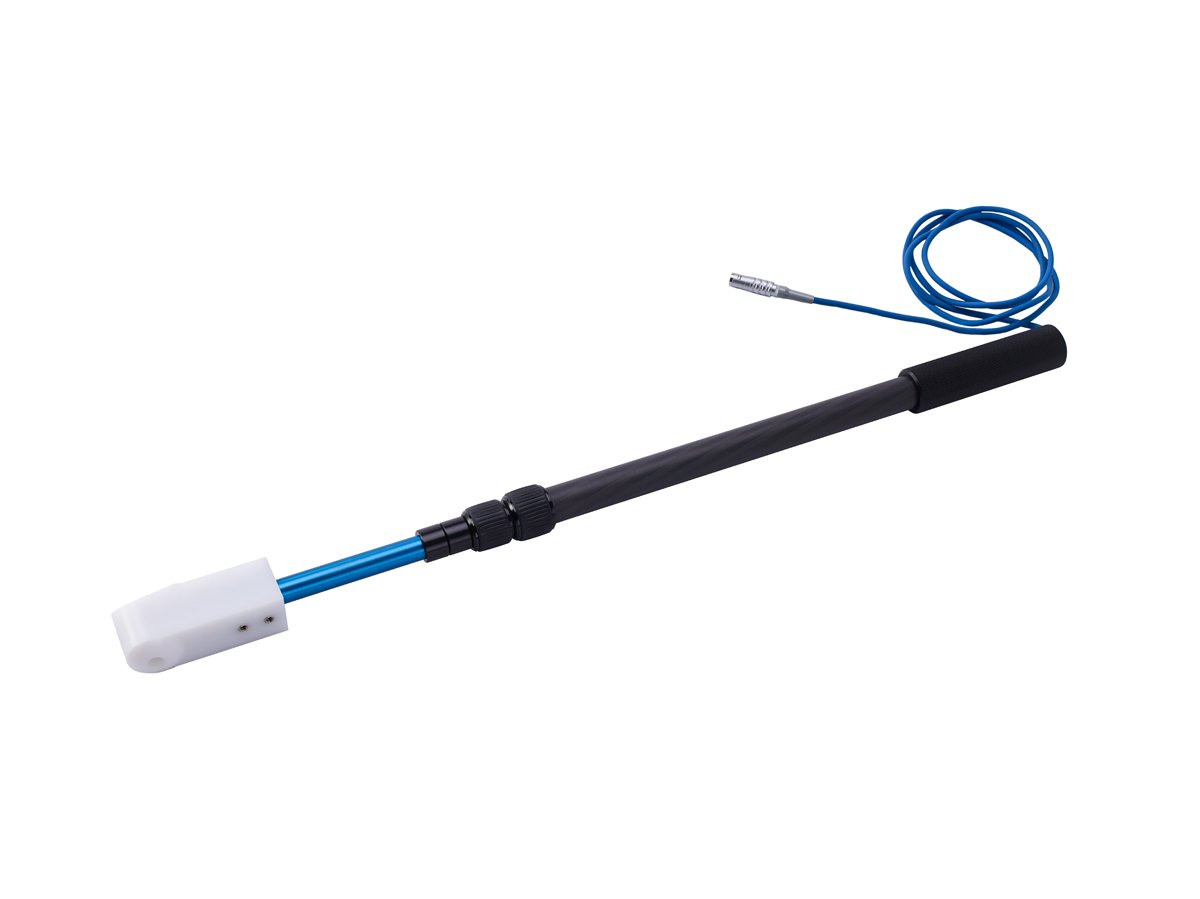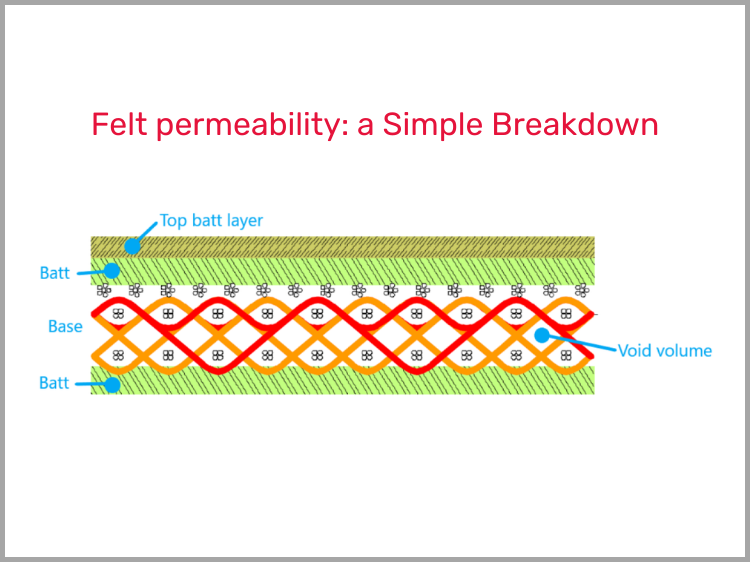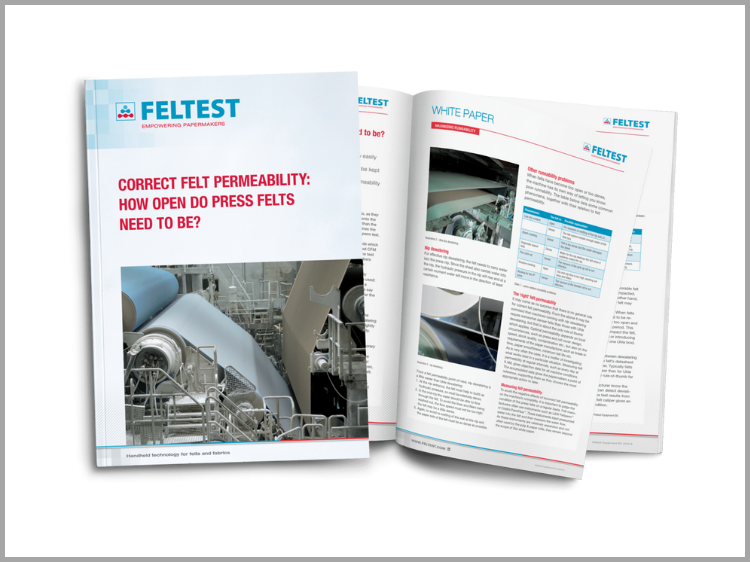Why a felt may become too dense (and how to avoid it)
As discussed in our previous blog, a good felt should not be too open, as this allows the rewetting of the sheet.
The top layer of the batt, in direct contact with the sheet (should) act like a one-way valve. It allows water to pass through easily down towards the base but prevents it from flowing back (re-wetting). This top batt layer typically consists of finer, thinner fibers.
During the nip entry phase, hydraulic pressure increases rapidly, eventually forcing water from the sheet through this resistant layer. Then, a little later, at the nip exit, the hydraulic pressure quickly drops and both the sheet and felt will expand, trying to suck up air and all the free water in the area. Now the high flow resistance of the top batt layer proves its value, as the water inside the felt base will not easily reach the sheet. Re-wetting is prevented!
Avoiding over-density
You don’t want the top batt layer to be too dense, because then you’ll get dewatering problems at the nip entry. If the water can’t flow easily, it will look for other ways to escape the ever-increasing hydraulic pressure.
Seeing water before the nip is a first indicator that the felt is too dense. Sheet crushing, which often results in ripples or even large holes in the sheet, is the next indicator. In the worst case the water will rip the press felt, leaving diagonal cuts several centimeters/inches long.
Why a felt may become too dense
There are two main reasons for felts getting too dense: because the felt is compacting—which means the base is slowly collapsing—or contamination or plugging issues.
A strongly compacted felt is dense, so it will have less dewatering capacity and will feel like ‘concrete in the press’. An overly compacted felt must be replaced, it cannot be fixed anymore. After about 1 million nip cycles, most press felts will not be expanding at the nip exit as when it was still new.
A contaminated or plugged felt might still be saved with a proper felt wash. But as a felt wash does not come for free, it is important to use it wisely. Measuring both the felt permeability (you can use a Feltest AirSpeed Sensor for this) and the felt thickness (with a Feltest Caliper Profiler) will help you prevent an unnecessary felt wash on an over-compacted felt. By taking these measurements on a daily basis, you can differentiate between low felt permeability caused by compaction or contamination.
You can find more details on this in our whitepapers How to Assess Press Felts and Correct Felt Permeability.
In short: a good felt has a lower permeability for the most of its lifetime in the machine. But all good things come to an end.
A simple tool for making your felt baselines
We strongly promote making baselines of your press felt positions, based on days of felt life.
To do this, monitor the felt permeability and caliper on a daily basis, and then order the data based on felt life. After about 10 felts you’ll have a decent baseline to assess the performance of any new felt in that position.
To make this easier, we’ll soon be sharing a simple Excel worksheet where you can collect your measurement data and build your baselines with minimum effort.
Watch our newsletters closely for the release date!











